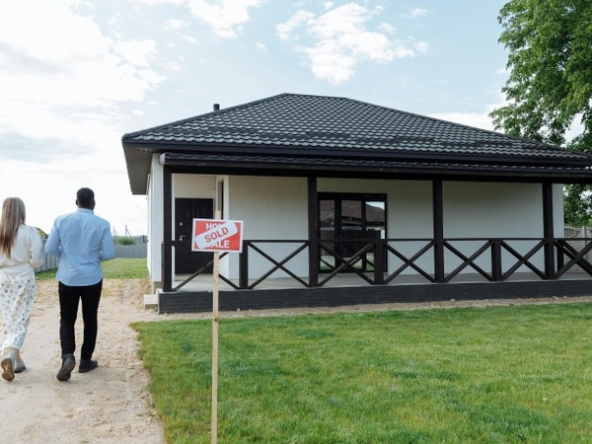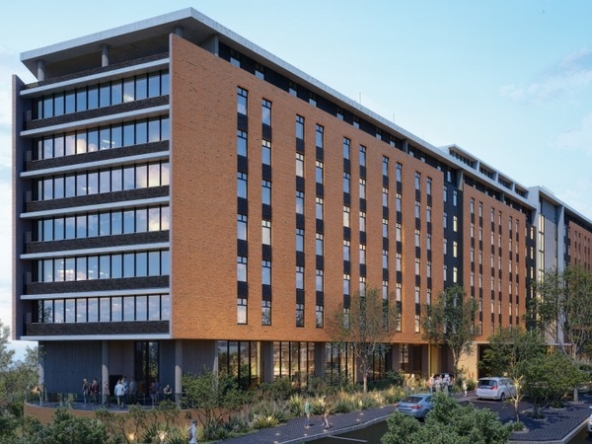Residential vacancy rates have risen from 4.42% in Q1 2024 to 6.72% in Q2 2024, according to the TPN’s Residential Vacancy Survey Report. This report showed that KwaZulu-Natal and the Eastern Cape were the worst hit with double digit increases while Gauteng and the Western Cape reported fewer vacancies, in line with the national average.
Waldo Marcus, the head of marketing for TPN credit bureaus, said the higher vacancy rate reflects fluctuating supply and demand as well as economic pressures and evolving consumer behaviour.
“Rental vacancies have been gradually increasing since 2018, driven by a growing supply of rental properties which continued to grow until 2020,” Marcus said.
“Although persistently high interest rates have bolstered the rental market, rental market supply has started to decline as a result of decreasing consumer and business confidence.“
Although there is an uptick in vacancies for Q2 2024, Q1 2024 reflects the lowest average annual national vacancy rate since 2016. The average annual vacancy rate for Q1 2024 was 5.57%.
The rise in vacancy rates between the Q1 2024 and Q2 2024 is not strange as it shows properties under shorter-term leases occupied during the end of the festive season, and the take-up in student accommodation in the Q1 2024 to temporarily boost occupancy rates in the lower rental value bands.
“Property owners have reported some students vacating their rental property early due to financial or academic challenges, leaving units empty. Higher rental escalations earlier in the year also negatively impacted occupancy rates, particularly in the lower rental value bands,” Waldo said.
There was a slight hike in the TPN Market Strength Index from 59.66 points in Q1 2024 to 60.36 points in Q2 2024. The index measures perceived supply and demand in the rental market.
A reading above 50 points indicates that rental demand continues to outpace supply.
The improvement in the quarterly index is mainly driven by a decline in the overall supply rating, which dropped from 57.54 to 54.51 points between the Q1 2024 and Q2 2024.
Rental demand dipped slightly from 76.85 points in Q1 2024 to 75.22 points in Q2 2024.
According to Marcus, it is interesting that demand for rental properties is strong despite the higher vacancy rate in the second quarter.
Vacancies across various rental value bands
For the lowest rental value band which is R3,000 or less, vacancies increased from 1.51% to 10.97% between Q1 2024 and Q2 2024 despite a drop in perceived supply.
In the R3,000 to R4,500 rental value band, a decrease in demand coupled with increased supply led to a rise in vacancies from 6.11% to 7.75%.
Vacancies increased from 4.92% in Q1 2022 to 6.1% in Q2 2024 in the R4,500 to R7,000 rental value band, despite a slight improvement in demand and reduced supply.
The R7,000 to R12,000 rental value band saw vacancies rise from 4.31% in Q1 2024 to 5.51% in Q2 2024 with both demand and supply declining. However, demand remains strong, with a vacancy rate still below the national average.
The luxury rental market which is the R12,000 to R25,000 rental value band for the third consecutive quarter maintained the lowest vacancy rate across all segments. This rental bank experienced a slight hike in vacancies from 3.57% to 4.52%.
Provincial vacancies
Provincially, there was a rise in vacancy rates for Eastern Cape from 9.4% to 12.94% while in KwaZulu-Natal vacancies were up from 11.2% to 17.61%. This is the result of increased supply and decreased demand.
Gauteng saw a smaller rise in vacancies from 4.3% to 7.99% with a stable rental market strength index. Demand for rental properties in Gauteng has outdone supply for two consecutive quarters which indicates some positive momentum.
The Western Cape saw the lowest increase in vacancies from 1.51% to 2.33%.
Interest rates
According to Marcus, the first interest rate cut in September, combined with improved consumer confidence, could result in increased purchasing activity.
“This shift could have a dual effect: an increase in rental property supply due to more investments in the market, and a potential decline in rental demand as more consumers shift from renting to buying,” Marcus said.
“Both scenarios will influence residential vacancy rates in the long term. In the short to medium term, well-managed rental properties are expected to remain occupied and in demand.“
IOL Property



